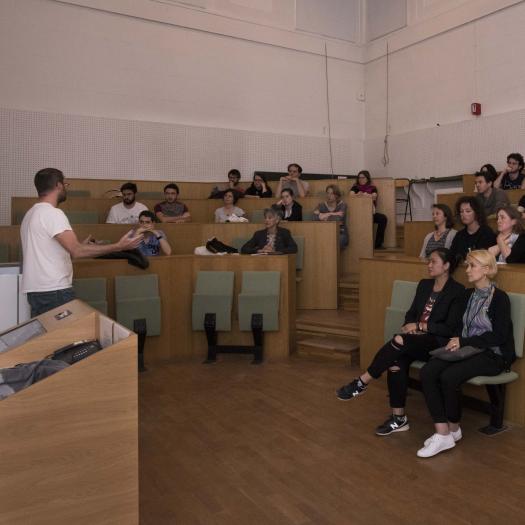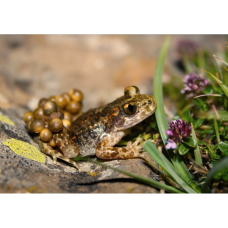Les séminaires de l’ISYEB accueillent Odile Maliet de l’Institut de Biologie de l’ENS

Les séminaires de l'ISYEB tous les mardis en amphithéâtre Rouelle

Les séminaires de l'ISYEB tous les mardis en amphithéâtre Rouelle
Empirical phylogenies are typically much more imbalanced that what is expected from homogeneous speciation models. While the hypothesis of common diversification rates along lineages makes sense when the studied clade is small enough, it more difficult to believe for large groups within which species are likely to have very different life history traits and evolutionary histories. Previous phylogenetic approaches for detecting changes in diversification rates across a phylogenetic tree have focused on ‘major’ rate shifts, with the underlying idea that few rare events, such as key innovations, facilitate the invasion of new adaptive zones, a drastic impact on diversification rates. Another view of evolution is that speciation and extinction rates may vary gradually across lineages as a response to the particular biotic and abiotic environment experienced by each lineage. Such changes in diversification rates likely occur far more frequently than key innovations, resulting in heterogeneous diversification rates at much finer taxonomic scales. I will present a new Bayesian approach for estimating lineage specific diversification rates. Our approach is based on a birth-death diversification process where diversification rates are inherited at speciation, but with a shift. We test it on a large simulated dataset of simulated phylogenies to assess its statistical performances, and show that it is able to accurately infer both the way shift happen at speciation events – how constrained they are by their parental value, and whether there is a trend in rates evolution – and the lineage specific diversification rates. The latter is a critical step to our understanding of the processes that lead some species groups to diversify faster than others. We then apply our method to time-calibrated phylogenies for 42 birds clades. This analysis reveals a pervasive pattern of declines in speciation rates over time congruent with previous studies, together with a remarkable heterogeneity in speciation rates. We show that the variability is comparable within and between clades, suggesting that rate variation may be much more gradual than currently thought and implemented in existing models. Our results emphasize the need to consider diversification models that embrace the pervasive heterogeneity of the evolutionary process.



